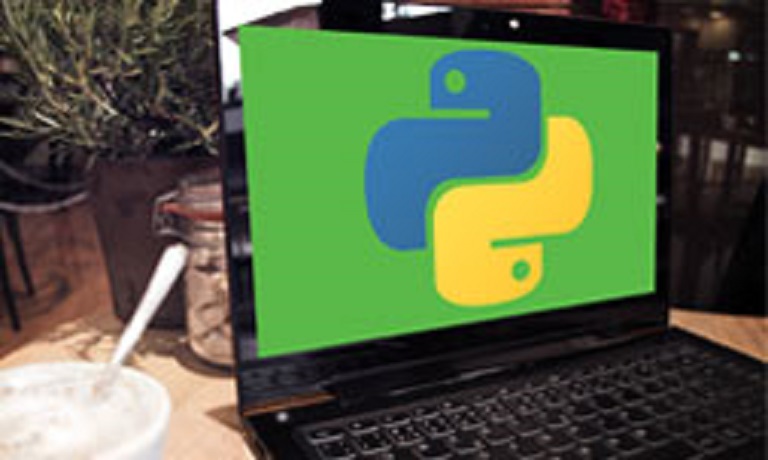| CARVIEW |
Select Language
HTTP/1.1 301 Moved Permanently
Date: Wed, 15 Oct 2025 12:31:04 GMT
Server: Apache/2.4.6 (CentOS) OpenSSL/1.0.2k-fips PHP/7.3.33
Vary: Accept-Encoding
X-Powered-By: PHP/7.3.33
Set-Cookie: PHPSESSID=777ed2354f6adaeb9d54f80df0ca198b; path=/
Expires: Wed, 11 Jan 1984 05:00:00 GMT
Cache-Control: no-cache, must-revalidate, max-age=0
Pragma: no-cache
X-Redirect-By: WordPress
Location: https://geek-university.com/install-python-on-linux/
Referrer-Policy:
Content-Length: 0
Content-Type: text/html; charset=UTF-8
HTTP/1.1 200 OK
Date: Wed, 15 Oct 2025 12:31:05 GMT
Server: Apache/2.4.6 (CentOS) OpenSSL/1.0.2k-fips PHP/7.3.33
Vary: Accept-Encoding
X-Powered-By: PHP/7.3.33
Expires: Thu, 19 Nov 1981 08:52:00 GMT
Cache-Control: no-store, no-cache, must-revalidate
Pragma: no-cache
X-Pingback: https://geek-university.com/xmlrpc.php
Link: ; rel="alternate"; type="application/json"
Link: ; rel=shortlink
Content-Encoding: gzip
Referrer-Policy:
Content-Length: 15876
Content-Type: text/html; charset=UTF-8
Install Python on Linux | Python#
- CCNA online course
- Linux online course
- VMware ESXi online course
- Nmap online course
- MySQL online course
- Raspberry Pi online course
- Apache HTTP Server course
- VMware Player online course
- Splunk online course
- SQL online course
- Oracle VirtualBox online course
- Python online course
- Asterisk course
- VMware Workstation Player course
- Process Explorer course
- Pillow online course
- Create a web crawler in Python
- A short introduction to…
Install Python on Linux
Most Linux distributions come with Python installed. To check if your Linux distribution contains Python, open the shell and run the following command:
python --version
You should get an output like this one, which displays the version of Python installed:
programmer@ubuntu:~$ python --version Python 2.7.6
If you don’t have Python installed or would like to install a newer version, run the following command (works in Debian-based distributions, such as Ubuntu):
sudo apt-get install python3
Follow the instructions to install Python.
To install Python in RPM-based distributions (e.g. SUSE) use the tools for software management included in those distributions. For example, in SUSE, you would use the YAST tool.
Python course
- Introduction
- Python overview
- Install Python on Windows
- Install Python on Linux
- Add Python to the Windows Path
- Run Python code
- Interactive prompt
- IDLE editor
- Command line
- Help mode
- Basic programs
- Write your first program
- Use comments
- What are variables?
- Variable data types
- Variable names
- Numeric variables
- Strings
- Get the current date and time
- Operators overview
- Arithmetic operators
- Comparison operators
- Logical operators
- Assignment operators
- Membership operators
- Identity operators
- Conditional statements
- The if statement
- Get user input
- The if...else statement
- The if...elif statement
- Nested if statements
- Use logical operators
- Loops
- The for loop
- Use for loop with the range() function
- The break statement
- The continue statement
- The pass statement
- Use else statement in loops
- The while loop
- Nested loop statements
- Errors
- Types of errors
- Syntax and logical errors
- The try...except statements
- The try...except...else statements
- The try...except...finally statements
- Catch specific exceptions
- Raise exception
- Nest exception handling statements
- Modules
- What are modules?
- Import modules
- Find files on disk
- Display module content
- Strings
- What are strings?
- Escape characters
- Access individual characters
- String functions
- Search strings
- Concatenating strings
- Lists, sets, tuples, dictionaries
- What are lists?
- Modify lists
- Loop through a list
- Check whether a value is in a list
- Sorting lists temporarily
- Sorting lists permanently
- Obtaining the list length
- What are sets?
- What are dictionaries?
- Add new key-value pair to a dictionary
- Modify a value in a dictionary
- Delete a key-value pair in a dictionary
- Loop through a dictionary
- What are tuples?
- Looping over a tuple
- Working with files
- How to read and write files
- Read a file
- Read and write – with statement
- Make a list of lines from a file
- Functions
- What are functions?
- Return statement
- Positional arguments
- Keyword arguments
- Default values for parameters
- Flexible number of arguments
- Variable scopes




